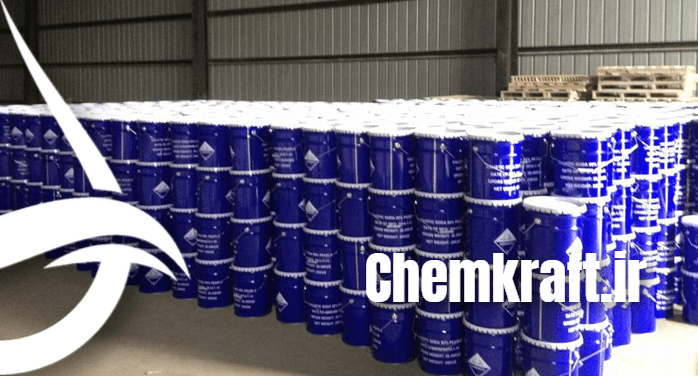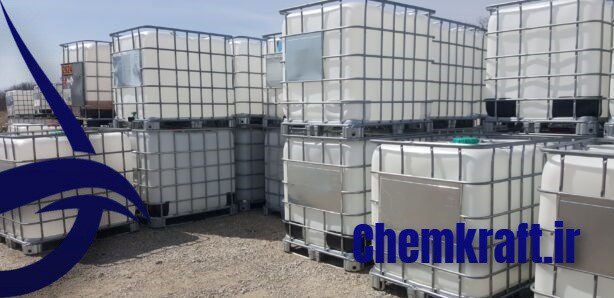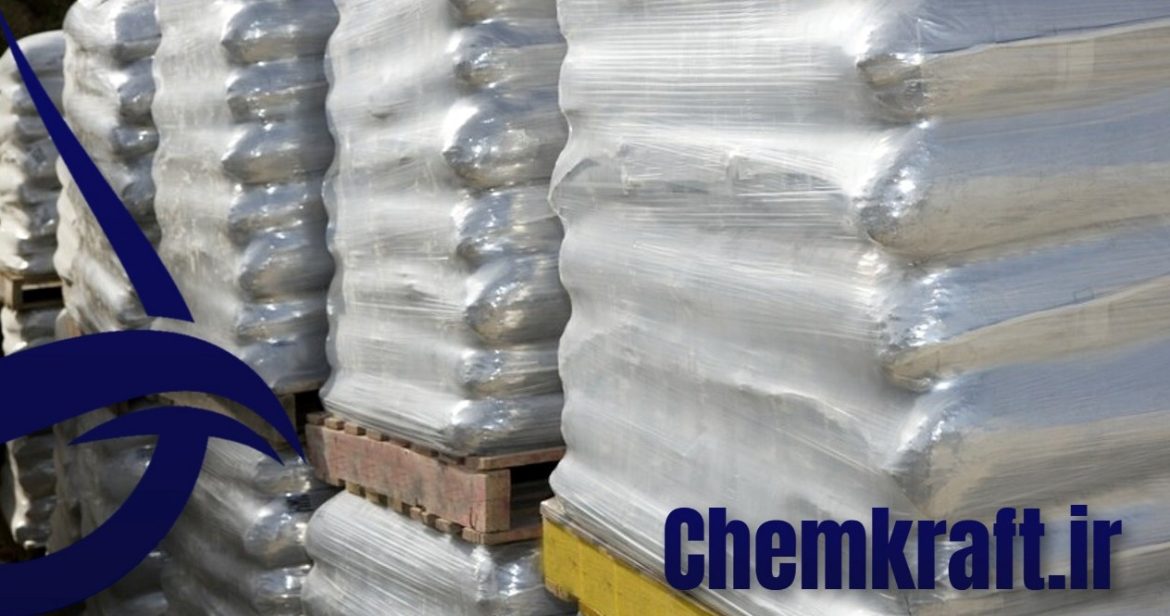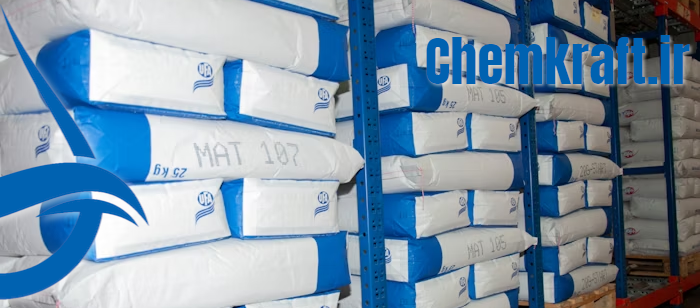Introduction:
The packaging of caustic soda flakes is a critical aspect of ensuring the safe handling, transportation, and storage of this highly corrosive substance. As a fundamental chemical with diverse industrial applications, caustic soda requires packaging that not only withstands its corrosive nature but also complies with international standards and regulations. This essay explores the intricacies of standard packaging regulations for caustic soda flakes, covering essential aspects such as materials, design, labeling, and documentation to promote safety and regulatory compliance.
Packaging Materials:
The selection of appropriate packaging materials for caustic soda flakes is paramount to prevent chemical reactions, ensure containment, and protect the integrity of the substance throughout its journey in the supply chain.

Bags:
High-density polyethylene (HDPE) bags are commonly used for packaging caustic soda flakes. HDPE is chosen for its chemical resistance and durability. The bags are designed to prevent moisture ingress, ensuring the quality and integrity of the caustic soda flakes during storage and transportation.

Related Post: A Comparative Study: Regulations for Liquid vs Solid Form of Caustic Soda

Drums:
Steel or plastic drums are suitable for larger quantities of caustic soda flakes. The drums must be resistant to corrosion caused by the corrosive nature of sodium hydroxide. Proper lining is essential to prevent chemical reactions between the substance and the drum material.

Intermediate Bulk Containers (IBCs):
IBCs, often made of materials such as HDPE, steel, or composite materials, provide a bulk packaging option for caustic soda flakes. These containers are designed to withstand the corrosive properties of the substance and ensure secure transportation.
Packaging Design:
The design of caustic soda flakes packaging is tailored to prevent leaks, spills, and damage. It also facilitates efficient loading and unloading processes, contributing to the overall safety of the supply chain.
Robustness:
Packaging must be robust enough to withstand the corrosive effects of caustic soda flakes. The design should consider potential physical stress during handling, stacking, and transportation to prevent unintended breaches.
Sealing Mechanisms:
Proper sealing mechanisms, such as heat sealing or stitching for bags, are employed to prevent the escape of caustic soda flakes. Effective sealing ensures the containment of the substance and reduces the risk of exposure.
Labeling and Marking:
Clear and standardized labeling is crucial for communicating the hazards associated with caustic soda flakes and facilitating safe handling practices throughout the supply chain.
GHS Labels:
Labels must adhere to the United Nations Globally Harmonized System of Classification and Labelling of Chemicals (GHS) standards. They include corrosion pictograms, signal words like “Danger,” and hazard statements such as “Causes severe skin burns and eye damage.”
IMDG Markings:
The International Maritime Dangerous Goods (IMDG) Code mandates specific markings on packages, including the UN number for caustic soda flakes (UN1823), proper shipping name, and orientation arrows. These markings aid in the identification and safe handling of the cargo during sea transport.
Documentation:
Accurate and comprehensive documentation is a key component of packaging regulations for caustic soda flakes. Essential documents provide crucial information for regulatory compliance, customs clearance, and emergency response.
Material Safety Data Sheet (MSDS):
An MSDS provides detailed information about the properties, hazards, and safe handling procedures for caustic soda flakes. It is an essential reference for emergency responders and those involved in cargo handling.
Dangerous Goods Declaration:
A dangerous goods declaration outlines vital details about the caustic soda flakes shipment, including the UN number, proper shipping name, hazard class, and packing group. This document is mandatory for dangerous goods transport.
Bill of Lading (B/L):
The B/L serves as a contract of carriage and a receipt for the goods. It must accurately reflect the details of the caustic soda flakes shipment, including packaging, weight, and markings.
IMO Declarations:
Compliance with IMO declarations, such as the IMO Dangerous Goods Manifest and Container Packing Certificate, is crucial. These documents attest to the proper packaging and stowage of caustic soda flakes.
Compliance with International Standards:
IMDG Code:
The IMDG Code outlines regulations for the sea transport of dangerous goods, including caustic soda flakes. It provides guidelines for packaging, labeling, stowage, and segregation to ensure the safety of the vessel, crew, and marine environment.
GHS:
Adherence to GHS standards ensures consistent and globally recognized hazard communication. Packaging must align with GHS requirements to promote universal understanding of caustic soda flakes hazards.
Transportation and Stowage:
Proper stowage and segregation practices are critical for preventing compatibility issues with other cargo and ensuring the safety of the vessel and its crew during transportation.
Stowage Planning:
Stowage planning should consider the corrosive nature of caustic soda flakes and its compatibility with other substances. Proper segregation from incompatible materials is essential to prevent chemical reactions.
Ventilation:
Adequate ventilation measures should be in place to disperse any fumes that may be generated during the transit of caustic soda flakes. Proper ventilation contributes to the overall safety of the cargo and the vessel.
Emergency Response Preparedness:
Effective emergency response preparedness is a crucial aspect of packaging regulations for caustic soda flakes. Quick and appropriate responses to spills or leaks can prevent or minimize potential hazards.
Emergency Response Equipment:
Packaging should facilitate easy access to emergency response equipment. This includes personal protective equipment (PPE), spill containment materials, and other tools necessary for responding to caustic soda flakes incidents.
Training:
Individuals involved in the handling and transportation of caustic soda flakes should receive proper training on emergency response procedures. Training enhances preparedness and ensures that responders can act swiftly and effectively in the event of an incident.
Sustainability Considerations:
In the contemporary landscape of packaging regulations, there is a growing emphasis on sustainability. While ensuring compliance with safety regulations, companies are encouraged to explore eco-friendly and recyclable packaging options for caustic soda flakes. This aligns with global sustainability goals and contributes to responsible environmental stewardship.
Conclusion:
In conclusion, adhering to standard packaging regulations for caustic soda flakes is imperative for ensuring the safety of individuals in the supply chain, preventing environmental impact, and complying with international trade regulations. The meticulous selection of packaging materials, adherence to design specifications, clear labeling, comprehensive documentation, compliance with international standards, and effective emergency response preparedness collectively contribute to the secure and responsible packaging of caustic soda flakes. Companies that prioritize these regulations play a pivotal role in fostering a safe and sustainable chemical supply chain while meeting the demands of a dynamic and globalized market.
Related Post: ENSURING SAFETY AND COMPLIANCE: STANDARD PACKAGING REGULATIONS FOR CAUSTIC SODA FLAKES











